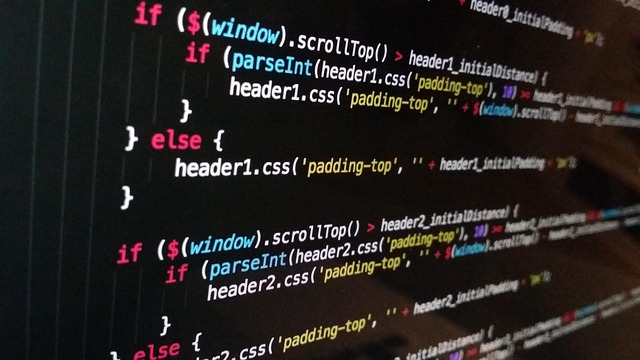In today’s digital age, the concept of a data network extends far beyond traditional boundaries. With the rise of social media, we need to examine how these platforms impact our data protection strategies. Social media has transformed the way we share information, connect with our peers, and even conduct business. However, it has also ushered in new vulnerabilities that can compromise our data network security.
Every time we post on social media, we may unwittingly expose ourselves to risks. Personal information, location tags, and even conversations can be harvested by malicious entities. Cybercriminals are increasingly leveraging social media to conduct targeted attacks; they use information gathered from platforms like Facebook, Twitter, and Instagram to exploit our vulnerabilities. This calls for a significant shift in how we think about protecting our data network.
Many individuals and organizations treat social media merely as a marketing tool, overlooking its role in data security. The casual sharing of seemingly innocuous information can create a complex web of data points that attackers can easily manipulate. Hence, it is crucial to understand the implications of our online presence. The ramifications can be severe, impacting not just personal privacy but also the integrity of entire data networks.
One of the most critical aspects of safeguarding your data network is to adopt strict privacy settings across all social media accounts. Users often underestimate the importance of these settings. By limiting who can see your posts or access your information, you create an additional layer of defense against potential breaches. Moreover, regularly auditing your friend lists and followers can help eliminate unnecessary connections that might pose risks.
Furthermore, it’s essential to educate yourself and your team about social engineering tactics. Cybercriminals often manipulate trust to gain access to sensitive information. By training employees on recognizing suspicious links or communications from unknown sources, organizations can fortify their data networks against accidental leaks.
Another effective strategy is to implement two-factor authentication across your social media accounts. This additional layer of security ensures that even if your password is compromised, unauthorized users cannot easily gain access. This is a simple yet effective measure to protect your data network from external threats originated via social media channels.
It’s not just about internal measures; awareness also plays a critical role. Keep abreast of the latest security trends and threats that may arise from social media usage. Whether it’s through webinars, online courses, or industry news, staying informed empowers you to make more secure choices and protect your valuable data.
Moreover, social media platforms themselves are notorious for continuous updates and changes in their privacy policies. Regularly reviewing these updates can provide insights into how your information is being used and shared. Being proactive can help you safeguard your data network against potential misuse.
As we navigate this brave new world of digital interaction, understanding the social media impact on data protection is vital. By cultivating an awareness of the risks and actively employing best practices, we can ensure that our data network remains robust and secure. In a time when information is one of the most valuable currencies, protecting our data is not just a necessity; it’s a responsibility we all share.



